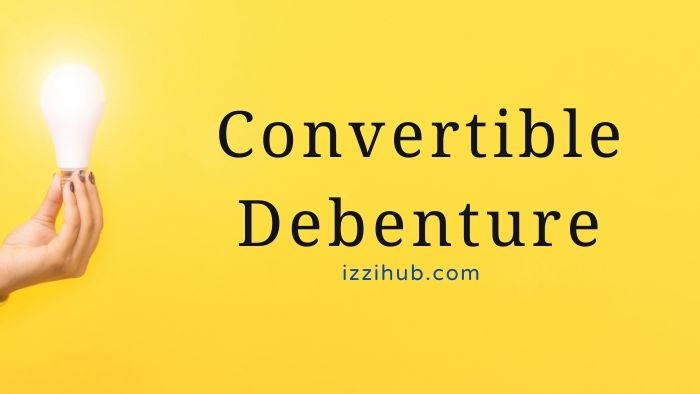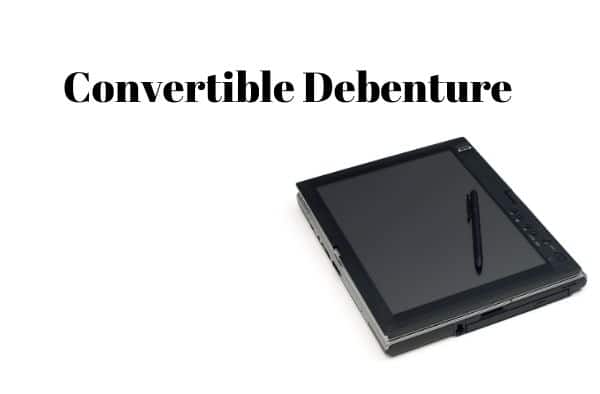Case Study of Convertible Debenture
Lately, I got friends me about what to put in their fixed-income portfolios. When I recommended Convertible Debentures, many did not know what they are and how to invest in them. So I decided to write an article on what I think of them and how I select convertible debentures.
I started noticing Canadian convertible bonds about a year ago and since then, I’ve bought them for my personal registered accounts and for others. I believe they are a fantastic fixed-income play with a ‘free’ call option.
Case Study of Convertible Debenture
What is a Convertible Debenture/Bond?
In plain terms, a convertible bond is a bond with an option to convert the bond into shares of the company. Check out Wikipedia for the detailed explanation.
Okay, what’s the big deal? Why do I think it’s better than just getting the bond?
These are the reasons why I choose the Convertible Debentures:
- Great source of passive income play with ‘free’ call option. The optional conversion value is set upfront. The maturity date and coupon rate (income) are also set up upfront. No guesswork.
- The minimal investment is low compared to preferred shares and bonds. ( min for CV is $1000, bond min is 5000, preferred shares min is 2500) This means you can diversify your portfolio better.
- Unlike other income options, you can buy them as a stock within your registered accounts (RRSP/TFSA).
- Lower risk, rest better. Convertible Bond (Debentures) have lower volatility than their underlying stock. The payment isn’t going to get cut like stock distributions or dividends and get your money back at end of the term. (unless the company goes under) So you can sit back and collect the cash flow.
Cons of Convertible Debenture
- 1. liquidity: fewer people know about them, thus less trading volume, stick with big-name companies and you’ll be fine. Make sure you are using “limit order” when buying.
- 2. Most of the Canadian issues are not secured against company asset. unlike the conventional bond. again, do your research on the company and you should be fine.
- 3. That’s really it, can’t think of anything else. put a comment if I missed something
How do I buy CVs?
I only convertible debentures/bonds from Canadian REITs because I understand real estate and REIT supply cash flow and hard assets. That helps me relax at night.
I came across a good list of Canadian convertible bond/debentures from Financial Post which shows all the information you need to pick the right one for you. (well, not all the info. still need to do research on the company financial statements)
This is what I do:
- * step 1. Using the Financial Post website, I copy the table into an Excel sheet for sorting
- * step 2. sort based on ‘yield to maturity’
- * step 3. delete the companies that I don’t have knowledge of, (again, I only look at Canadian REITs)
- * step 4. look at the converted price vs current price, closer the better
- * step 5. look at the top 5 and see if you are comfortable holding it till maturity. (some could be more than 7 years)
- * step 6. acquire them
- * step 7. figure out when you will get paid:
Example Exit Strategies Convertible Debenture
For example, you bought a CV (convertible debenture) today at $104.. This CV is maturing in Dec 21, 2015. The conversion price is $25 and today’s common share price is $20.
- * case 1: at any time you can sell the CV back to the market just like a stock
- * case 2: the price of the common stock went to 26 dollars before Dec 21, 2012. you can convert into common stock, sell the common stock or keep the common stock after convert.
- * case 3: the price of stock went to 26 dollars and the issuer calls (force conversion into common stock) you can then either sell them or keep the common stock
- * case 4: by dec 21,2012, the price of common stock is below 25 dollars. you get your principal back.
- * case 5: company go bankrupt. you lose your initial money :p that’s why it’s important to pick a good company to start with, the one with predictable cash flow and hard assets.
That’s it! I hope this helps to provide you with more options for your investment portfolio. Happy Investing!



